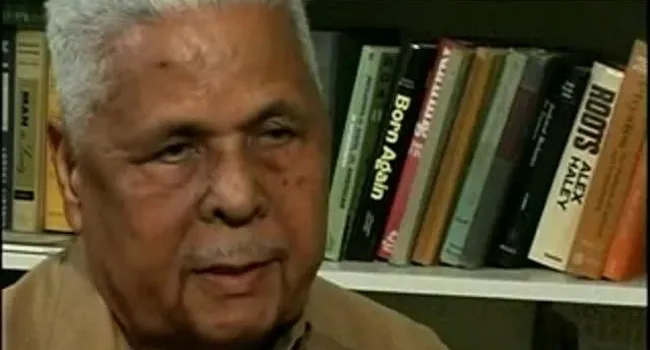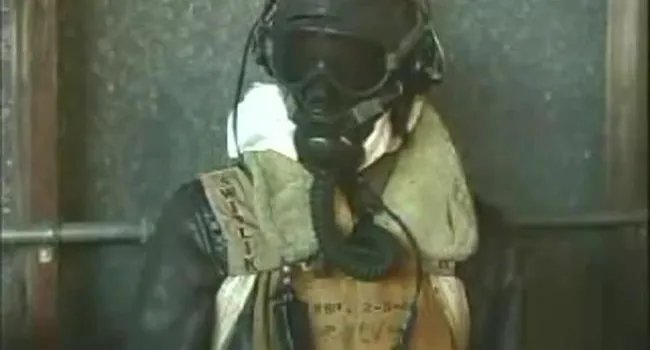Herbert E. Carter (1919 - 2012)
Colonel Herbert E. Carter was one of the Tuskegee Airmen during World War II. In this interview, Wood talks about his missions.
Additional Information: Carter was a member of the original thirty-three members of the Tuskegee Airmen and flew a total of 77 missions. Carter served in the United States Air Force for twenty-five years before retiring as a Lt. Colonel in 1969. He served at the Tuskegee Institute as an associate dean for student services, associate dean for admission and recruiting, and a financial aid counselor following his retirement from the Air Force.
When he died in 2012, Carter was the last surviving Tuskegee Airman from Mississippi. His late wife, Mildred L. Hemmons-Carter, who died in 2011, was the first African American woman to become a licensed pilot in the state of Alabama. The Carters were known as the "First Family" of the Tuskegee Airmen. (SOURCE: https://en.wikipedia.org/wiki/Herbert_Carter_(pilot) )
Standards
- 5.3 Demonstrate an understanding of the economic, political, and social effects of World War II, the Holocaust, and their aftermath (i.e., 1930–1950) on the United States and South Carolina.
- 5.3.CX Contextualize the technological and geographic influence on military strategies in the Pacific and European theaters of war of World War II.
- 5.3.CE Analyze the cause and effect of government-sponsored policies within the United States and Europe related to the status of different groups, to include the Holocaust.
- 5.3.E Analyze multiple perspectives on the economic, political, and social effects of World War II and its aftermath using primary and secondary sources.
- 8.5.CO Compare South Carolina and U.S. wartime contributions and demobilization after World War II.
- USHC.4.CC Examine the continuity and changes on the U.S. homefront surrounding World War I and World War II.










